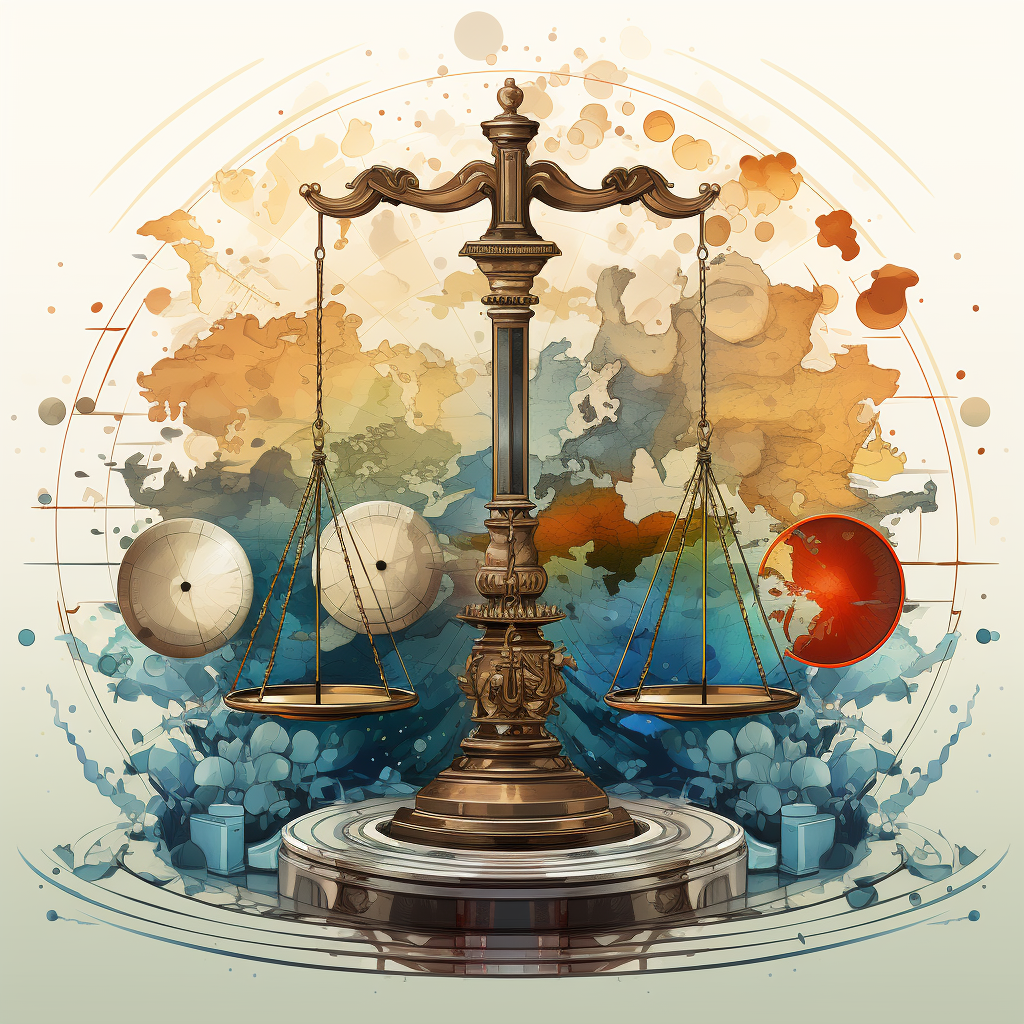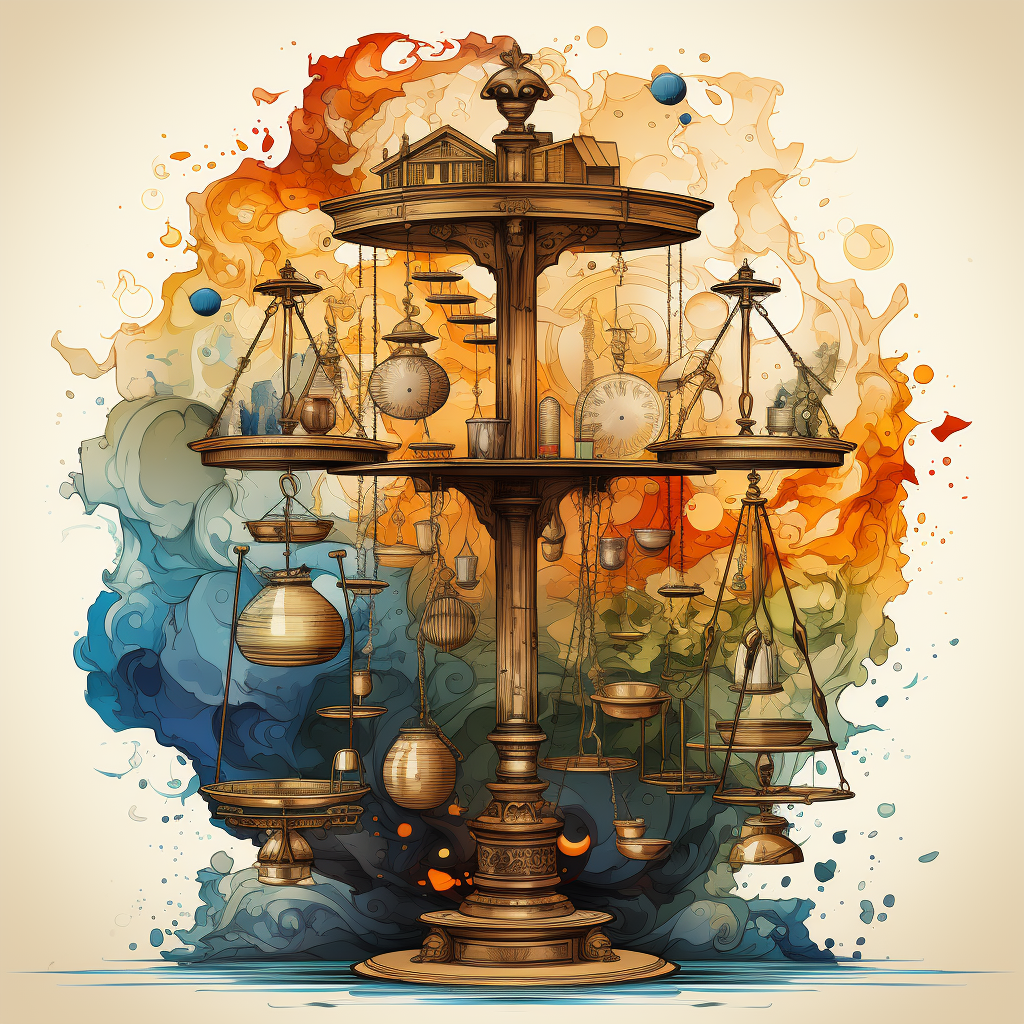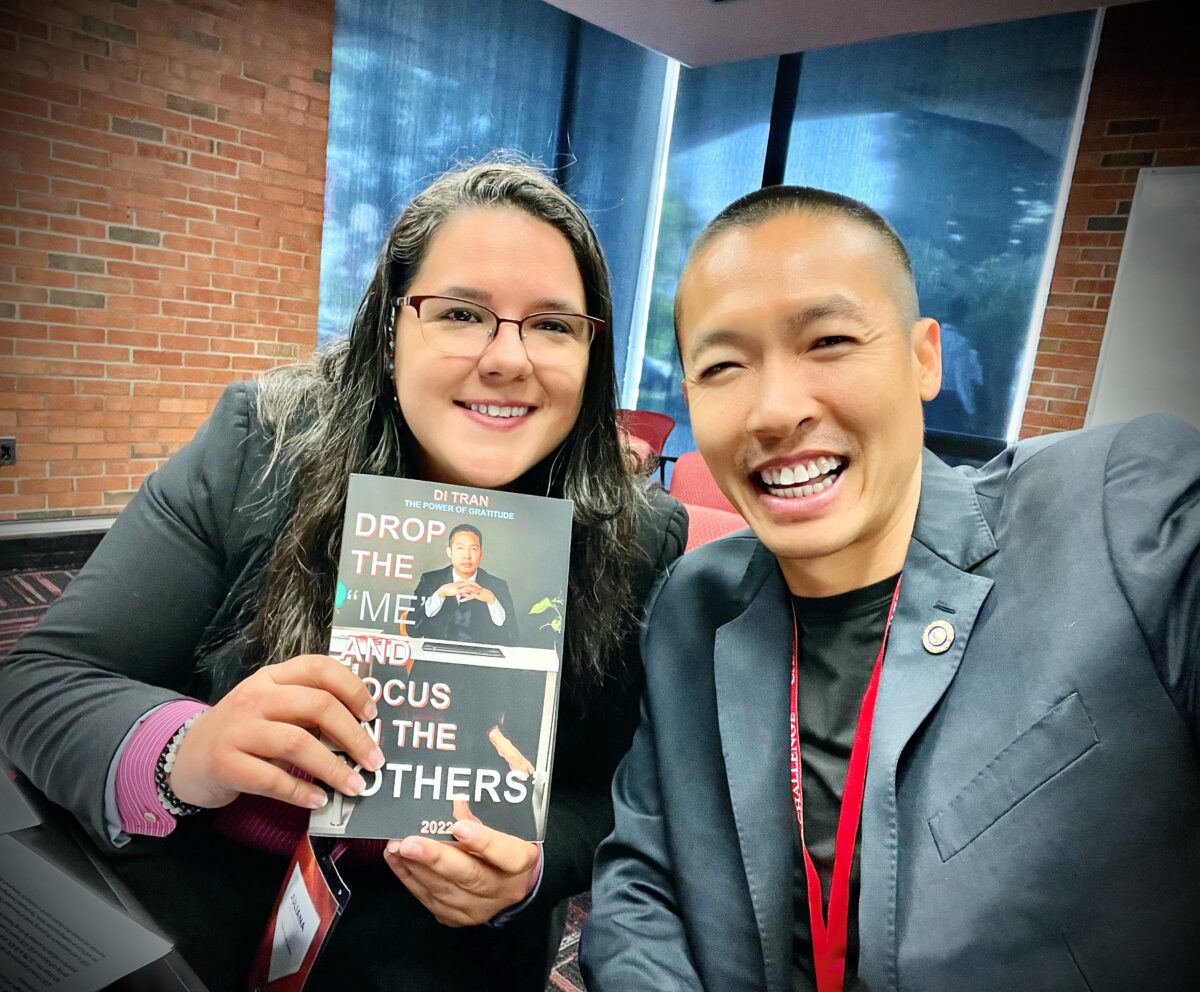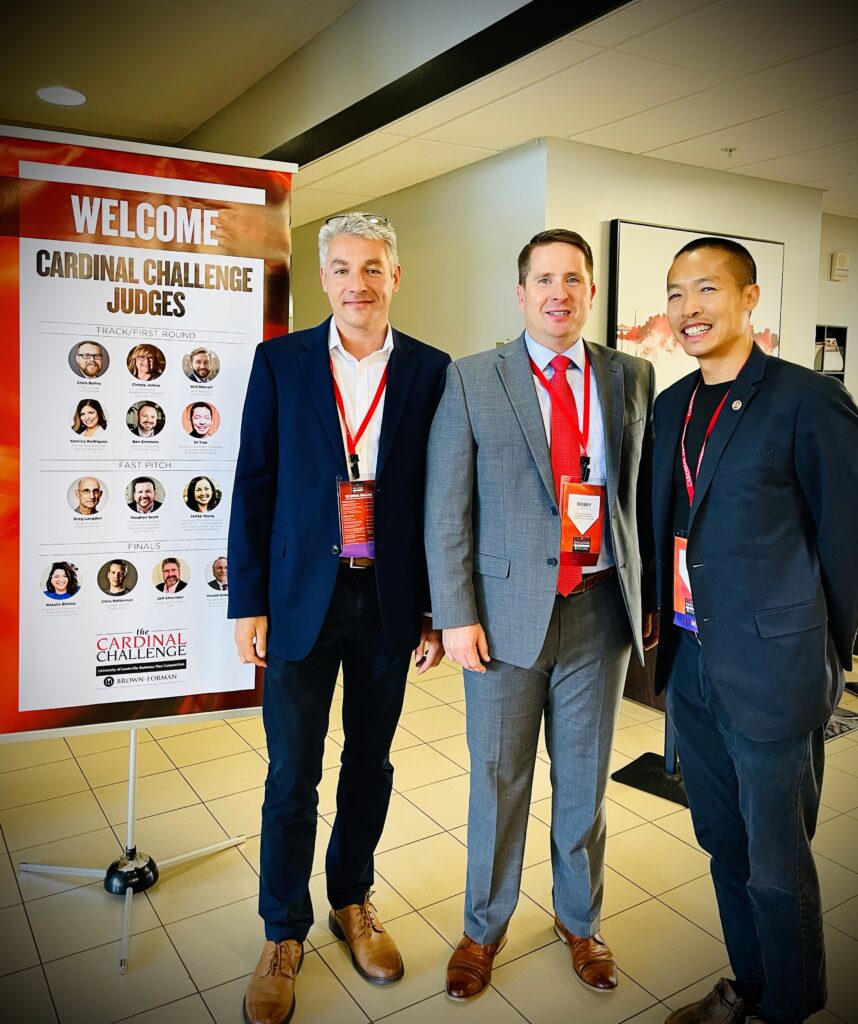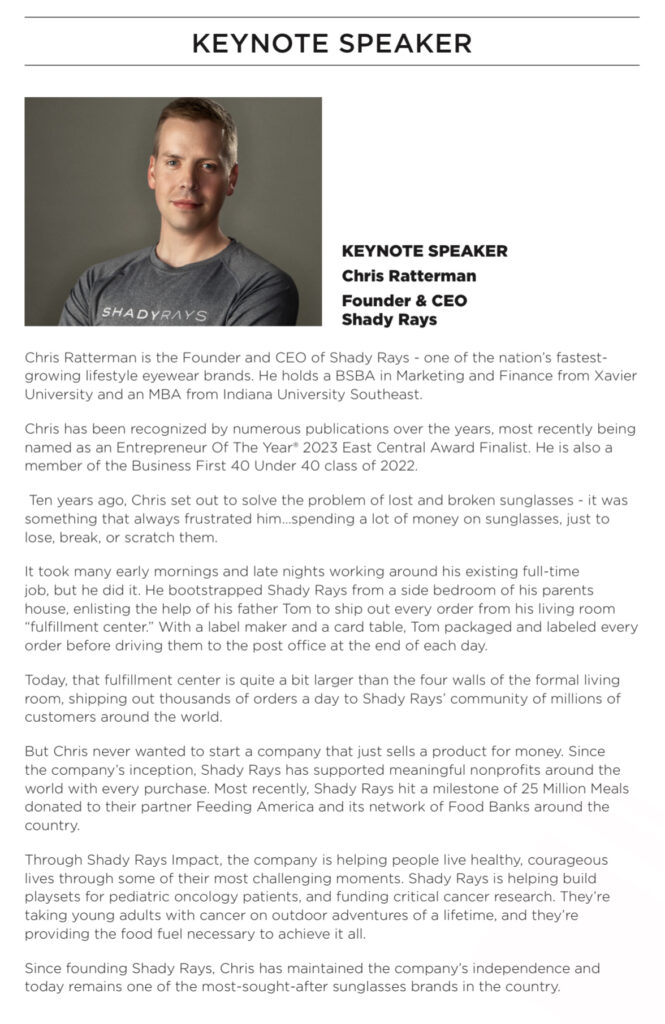Life’s true value often remains hidden until we take a moment to pause and give thanks for the mere fact of being alive. This fundamental gratitude towards existence can become a wellspring of inspiration and value that overflows into all areas of life.
1. A Heart of Gratitude
Gratitude is more than a fleeting emotion; it’s a way of life. Research by Emmons and McCullough (2003) demonstrates that individuals who consistently express gratitude experience greater emotional well-being and physical health.^(1^)
In the words of poet Mary Oliver, “To pay attention, this is our endless and proper work.” By giving thanks for the simple act of being alive, we can find profound meaning and purpose.

2. Adding Value to Life
When we value life, we naturally seek to enrich it, not just for ourselves but for others as well. The concept of servant leadership, a philosophy championed by Robert K. Greenleaf, illustrates how the desire to serve can create value for oneself and the community.^(2^)
3. Receiving Value in Abundance
The belief that giving thanks and adding value to life will lead to receiving value in abundance is deeply rooted in various cultural, philosophical, and spiritual traditions. The Law of Attraction, for example, posits that like attracts like. By fostering a positive attitude and acting with intention, one can attract positive experiences and abundance.^(3^)
4. Real-Life Inspirations
- Nick Vujicic, born without arms or legs, has turned his life’s challenges into a beacon of hope for millions. His attitude of gratitude and determination to add value to others’ lives is an inspirational testament to the power of perspective.^(4^)
- Oprah Winfrey’s well-known practice of keeping a gratitude journal emphasizes the importance of daily recognition of life’s blessings. Her success is often attributed to her positive attitude and desire to enrich others’ lives.^(5^)
Conclusion
The essence of life is not merely in existing but in living with purpose, gratitude, and intention. By embracing a grateful heart, valuing life, and contributing positively to others, we can create a fulfilling existence and open ourselves to receiving value in abundance.
By understanding and applying these principles, we may find that life is not just something to endure but a beautiful gift to treasure and share.













